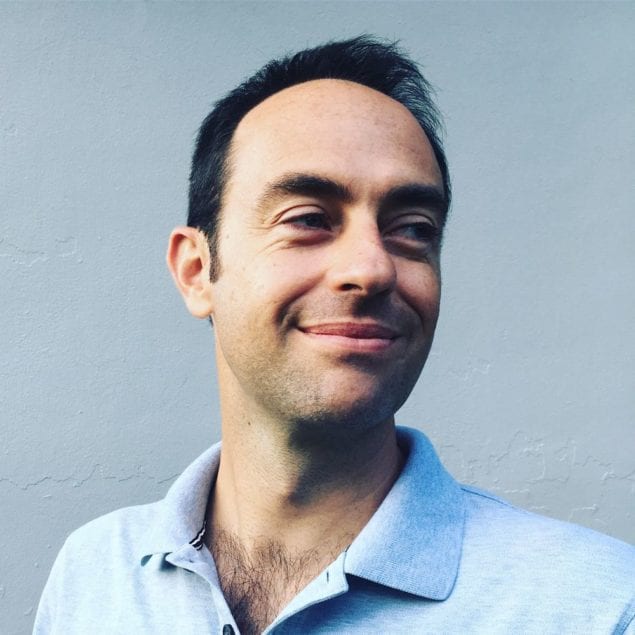“What’s a hurricane?” My five-year-old son looked on as my wife and I packed with great haste.
“It’s a storm with strong winds,” I said, summoning the simplest definition I could think of. We had just informed our boys that Hurricane Irma was headed toward Miami and that we were leaving in the morning for an “evacation.” We were securing our home, packing our bags, and hopefully catching an hour or two of sleep before the long drive.
“But why are we leaving?” asked my three-year-old son. I quickly explained that we lived in an evacuation zone and that Irma was a strong, Category 5 hurricane, so we had no other choice.
“But I’m five and strong!” insisted the older brother.
Anxious about our travel preparations, I ignored their remarks and follow-up questions. Frustrated themselves, the boys began screaming in unison, prostesting our departure—I don’t want to go! Yeah, me neither!—until I lost my patience and said something I instantly regretted.
“Do you want to be here when the hurricane blows our roof off? Or when water floods our house?!”
My boys looked scared—and justifiably so. My younger son whined, “What is going to happen to my toys?”
Once we were on the road and had traveled out of reach of the storm, I was calm enough to give them a proper response to their questions.
What is a hurricane? A hurricane is a severe storm characterized by violent winds that move in a circular pattern over the ocean. Hurricanes originate when the sun warms the surface of the ocean, causing masses of warm, moist air to rise; this creates a region of low pressure at the surface and dense clouds above. The low pressure sucks in the air, which spirals to the center, creating a circular wind system. In the Atlantic, these tropical storms are pushed westward by the prevailing winds.
At the center of a hurricane is a cloudless region called the eye. The eye is the calm at the heart of the storm; the winds that spiral in toward the eye never reach the center. The ring around the eye is the most dangerous part of the hurricane—the eyewall—where the air spins upward, forming dense clouds. Radiating out from the eye and eyewall are well-defined bands of clouds, called rainbands.
The Saffir-Simpson Hurricane Wind Scale classifies hurricanes by wind speed. This allows us to estimate the potential damage and flooding in affected areas. The weakest hurricanes (Category 1) have wind speeds of 74 to 95 mph, while the wind speeds in a Category 5 hurricane are greater than 155 mph.
As a hurricane moves across the ocean, the low-pressure eye sucks seawater up into a mound. The height of the mound ranges from five feet for a Category 1 to twenty-five feet for a Category 5. When the hurricane hits land, this mound of seawater surges over the coast, also known as a storm surge. Storm surges can flood homes, take down trees and obliterate roads. Once the hurricane reaches land, it begins to lose energy and wind speed as it is no longer fed by the heat from the ocean.
After Hurricane Irma left Florida, we drove back home. Our house did not flood, and my boys were pleased to find their toys dry and untouched. They played with fallen branches in the yard while I cleared debris and mowed the lawn. When they grew tired of that, they jumped into the pool and caught leaves in their bug nets. The hurricane was out of sight and out of their minds.
Power was restored shortly thereafter. Schools reopened, businesses resumed operations, and we all returned to our daily routines. It’s human nature to put these painful memories behind us and trudge forward, but in doing so, we all collectively forget the lessons from this and past hurricanes.
Miami dodged a bullet with Irma—and Jose, and Maria—but we may be next in line for a hurricane, and the consequences will be disastrous if we are not prepared. Climate change has no doubt increased the frequency of high-intensity hurricanes like Irma and Harvey; this statistic cannot be ignored. Our local and federal governments need to make provisions to deal with similar-scale catastrophes at regular intervals in the future.
Irma and Harvey were by no means exceptional. This is very likely our new normal.
Author’s Bio
Leopoldo Llinas is a forward-thinking father who hopes to educate the young men and woman who will make this world a better place. He holds a PhD in Marine Biology and Fisheries from the University of Miami Rosenstiel School of Marine and Atmospheric Science. leollinas@gmail.com









Comments are closed.